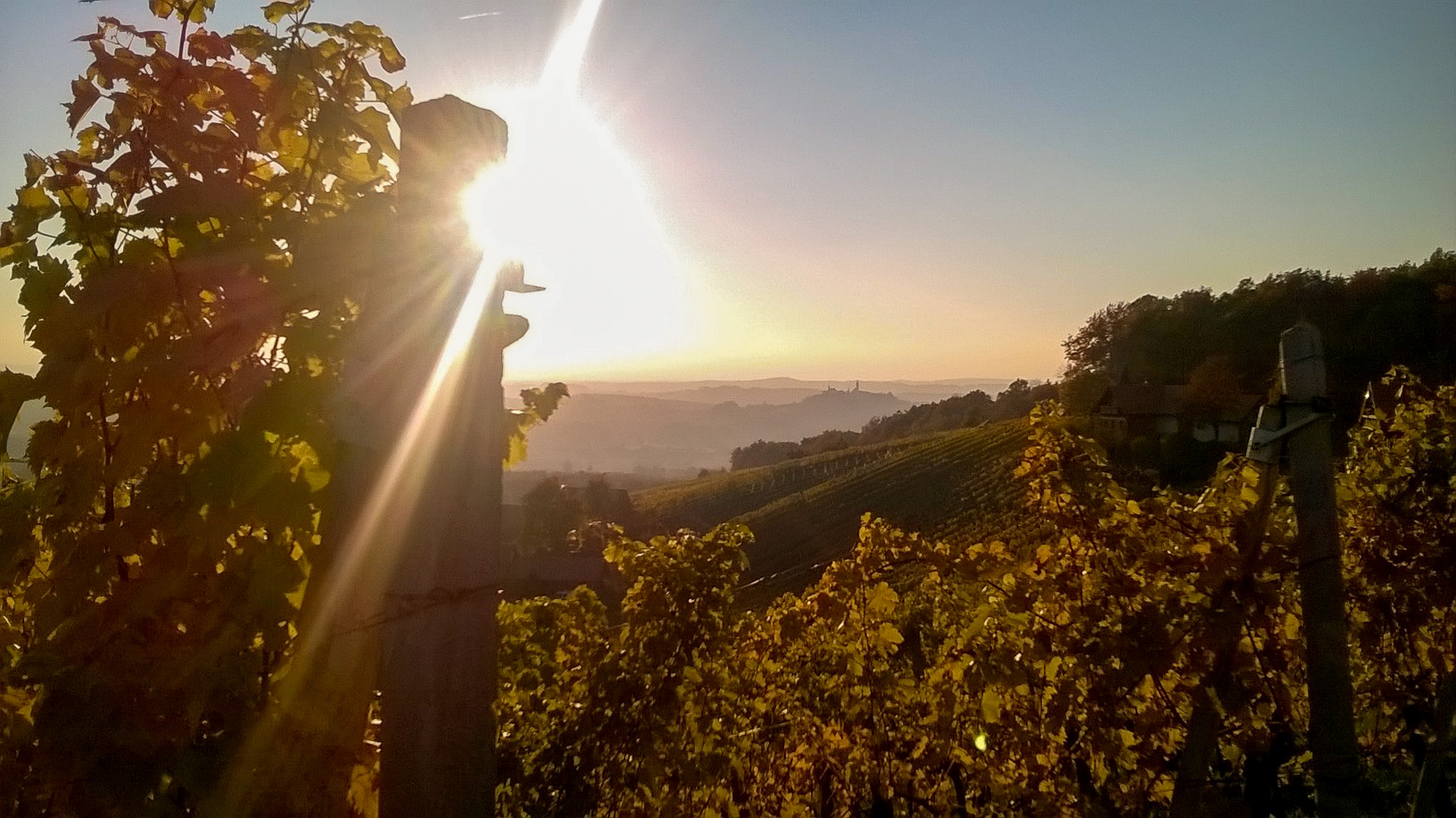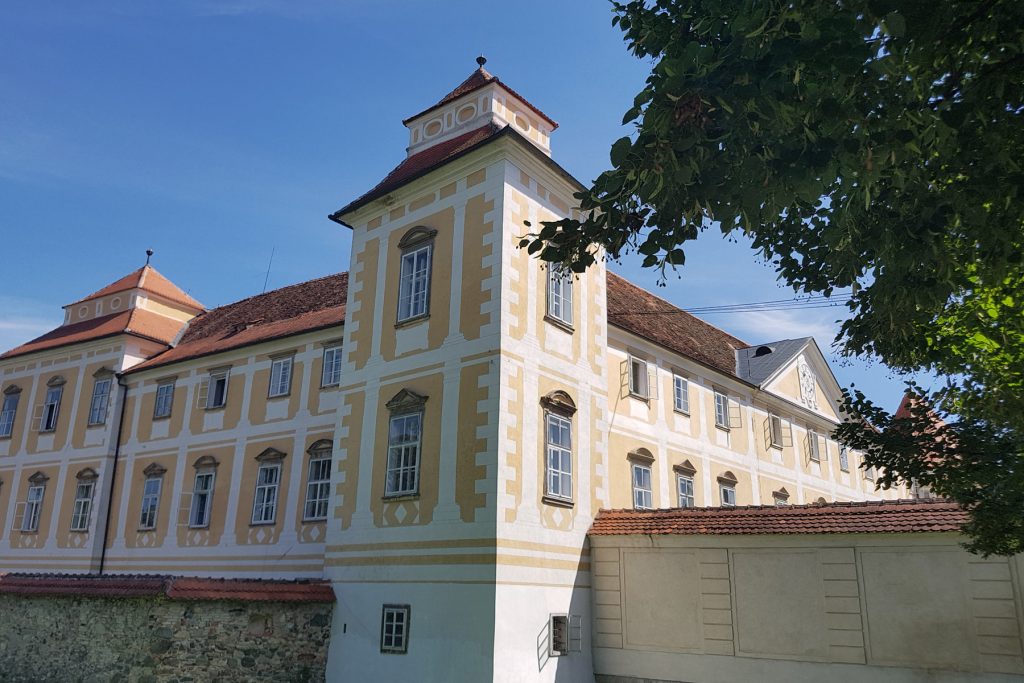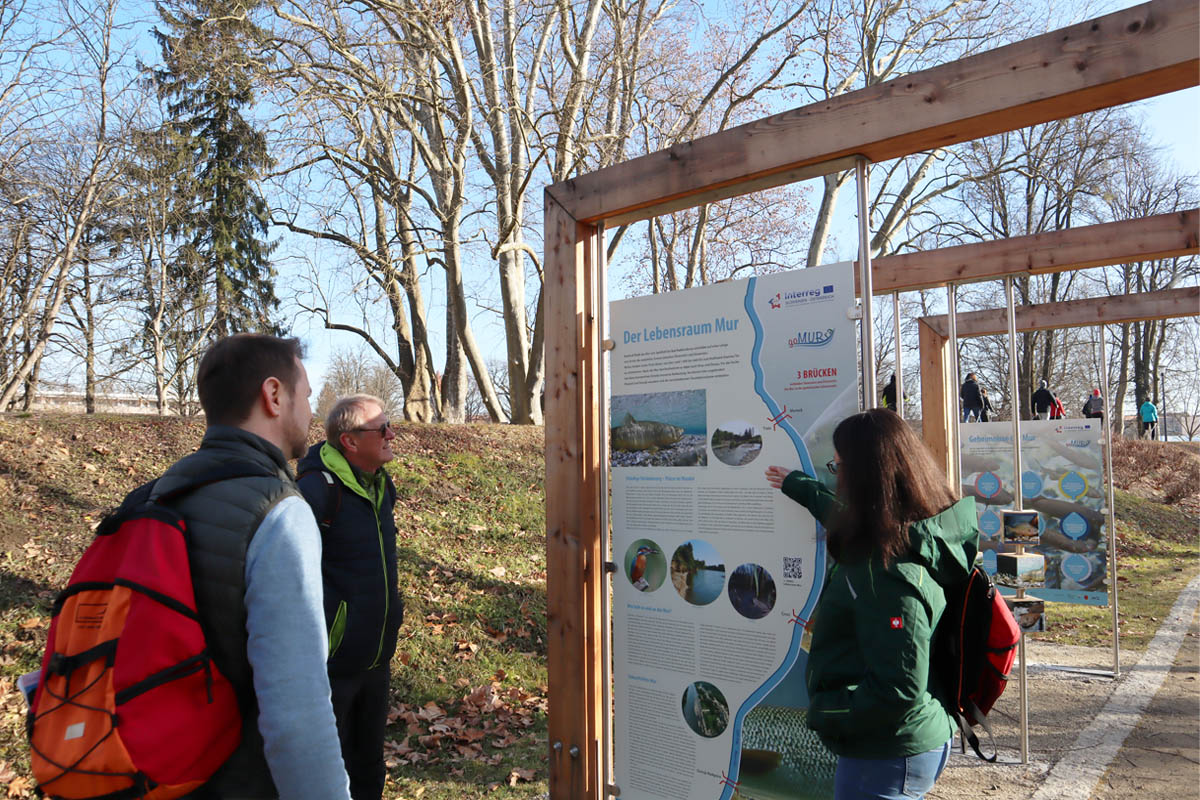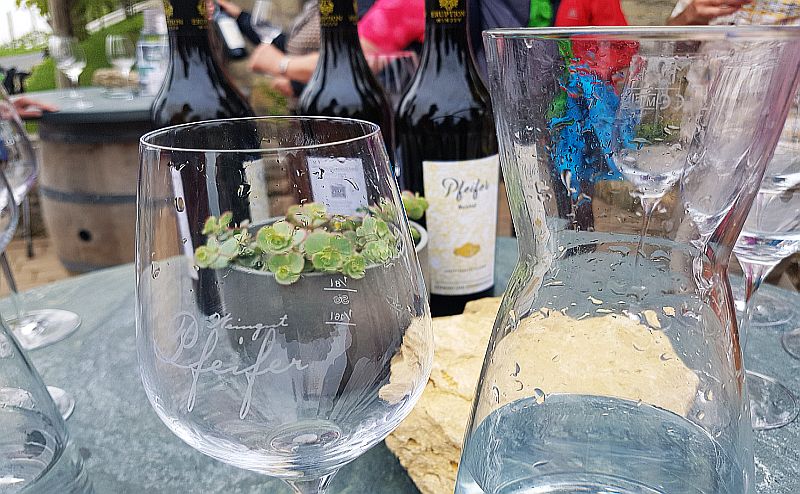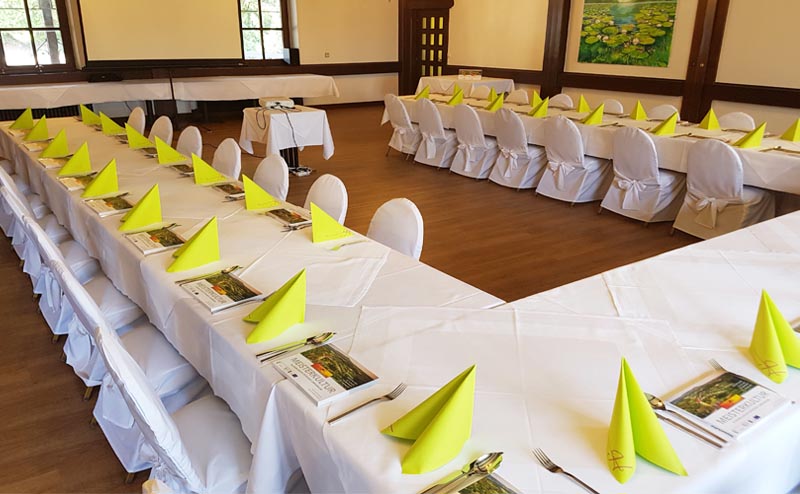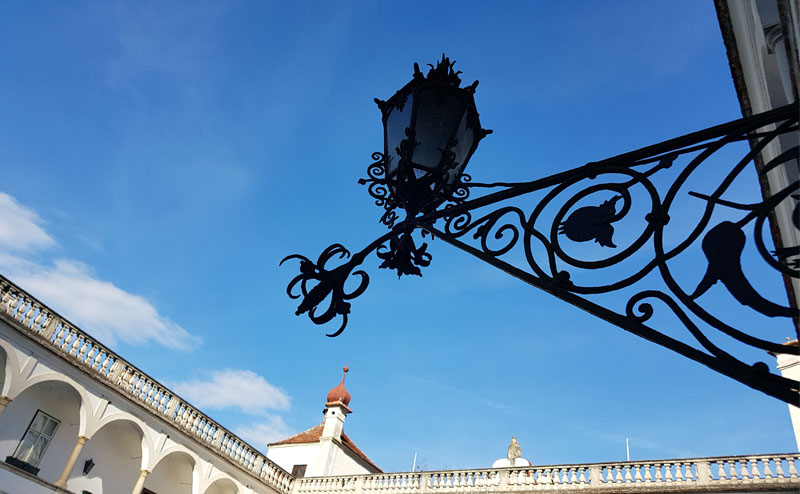In our daily work, we speak about the Vulkanland region in Styria as a landscape of rolling hills, volcanic heritage, and culinary treasures. Yet, it is much more than that – it is a living space we want to preserve for future generations. Together with our partners, we regularly discuss how tourism can be shaped in a way that is environmentally responsible, socially fair, and economically viable. This very challenge inspired us to take part in the GSTC Sustainable Tourism Training Program, which we successfully completed earlier this year.
Thanks to the EU co-funded project SUSRUR, we were able to join this international training. Our goals were clear: deepen our expertise, connect with global networks, and identify concrete steps for shaping a future-proof tourism in rural areas.
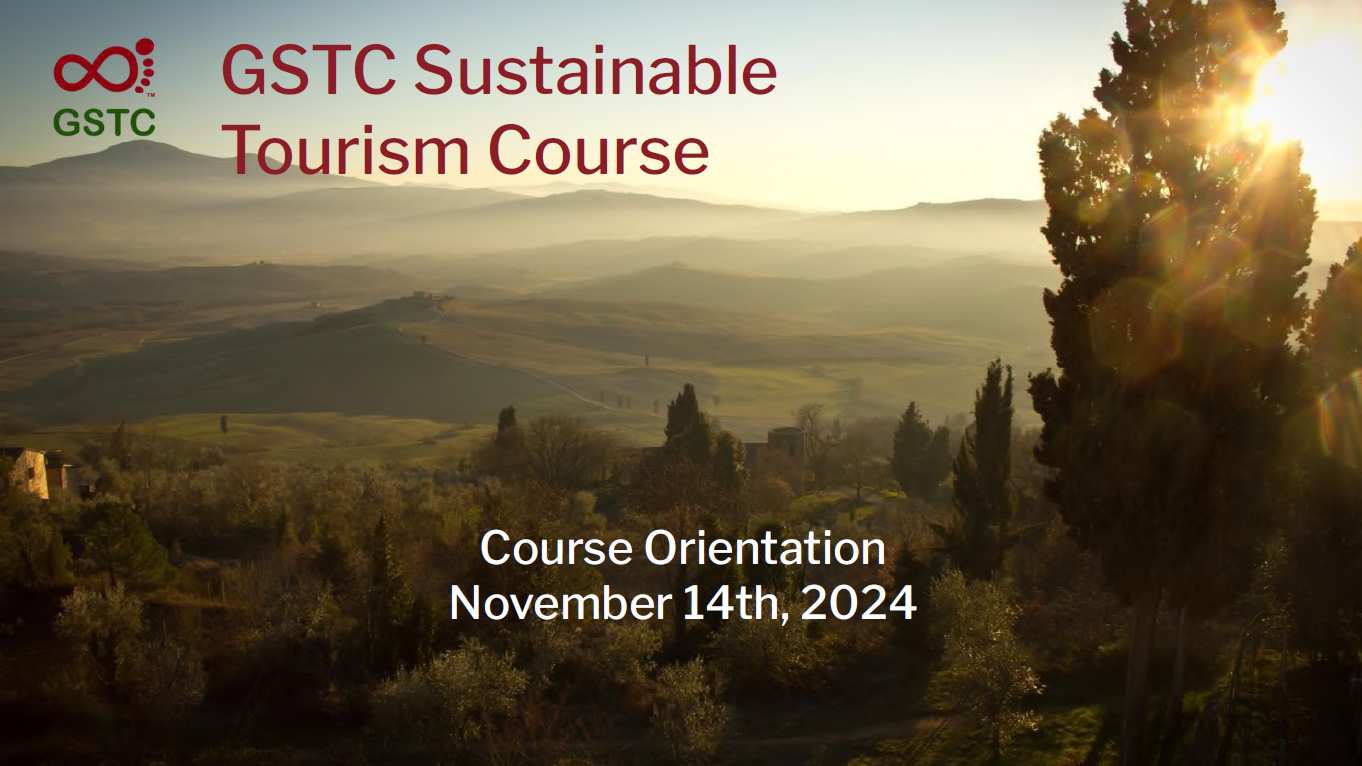
What the GSTC Training brought us
The Global Sustainable Tourism Council (GSTC) criteria are the worldwide standard for sustainable tourism. The course combined solid theoretical knowledge with hands-on case studies. What impressed us most were the practical examples from international projects and the inspiring discussions about the challenges of our industry.
1. GSTC Criteria: The Compass for Sustainability
The GSTC criteria form an internationally recognized framework built on four pillars:
- Sustainable management (e.g. climate strategies, stakeholder involvement)
- Socio-economic sustainability (e.g. fair wages, local value creation)
- Cultural sustainability (e.g. safeguarding traditions, respect for diversity)
- Environmental sustainability (e.g. resource protection, biodiversity conservation)
From the training, we drew valuable impulses for our daily practice, such as:
- Strengthening local value chains: A reminder that every purchase decision shapes how much value remains in the region.
- Promoting climate-friendly travel: Making better use of existing public transport – especially relevant for group travel.
- Preserving cultural heritage: From local festivals and crafts to dialects, these unique features deserve protection.
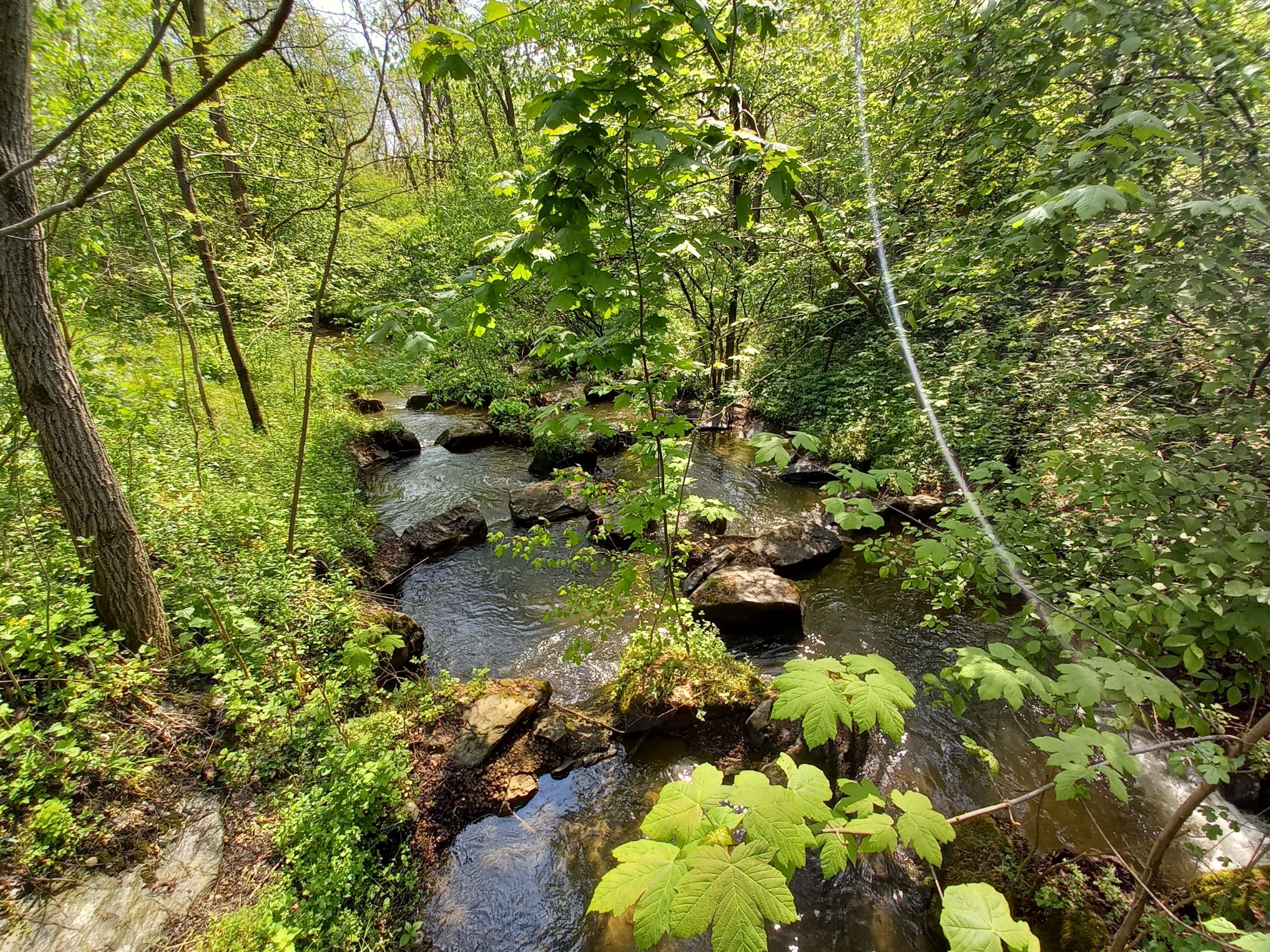
2. International Perspectives: From Australia to Austria
One of the highlights was the exchange with experts from across the globe. Guest speakers from Australia, Nepal, and Kenya showed us very different approaches – from community-based tourism in rural villages to high-end eco-tourism in protected areas. A pleasant surprise: one session was hosted by the Austrian National Tourist Office, introducing us to resources we had not been aware of before.
- Think global, act local: Global challenges like climate change or overtourism require local adaptations. Solutions already exist – we just need to learn from others and tailor them to our context.
- Nurturing networks: The training once again proved the importance of cross-border cooperation – whether with partners in Slovenia, Latvia, or other EU regions.
3. Challenges and Solutions
Recurring challenges in tourism were openly discussed, and we were able to connect them with our own project experiences:
- Seasonality: Strengthening off-season periods with events such as the “Lange Nacht der Kulinarik” by the gutfinden.vulkanland network.
- Infrastructure gaps: Working with local taxi companies to pre-arrange group transfers along hiking trails.
- Awareness and training: Sensitizing businesses and locals through initiatives such as the Regionsexperten initiative or the SAGE project.
- Sustainable mobility: Promoting coaches as a group-friendly and eco-efficient alternative to individual travel.
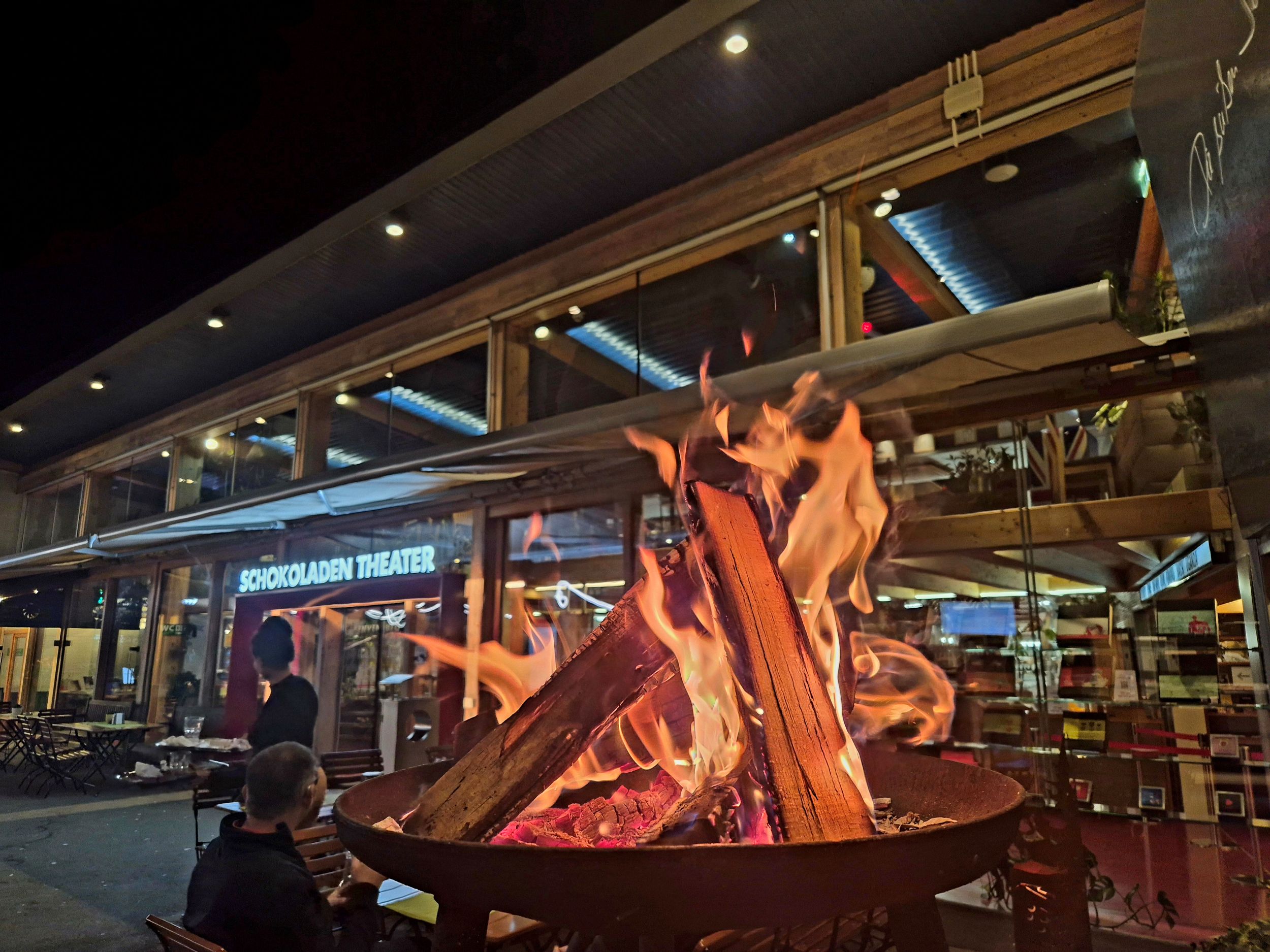
Why the GSTC Training Matters
For us, completing the GSTC program was a milestone. We value the opportunity to gain international perspectives and immediately apply them to our projects. Sustainability is not a side project for us – it is the foundation of how we shape tourism in our region and across borders.
By embedding these learnings into our daily work, we aim to ensure that future generations will also be able to tell inspiring stories about this unique landscape and the people who live here.





